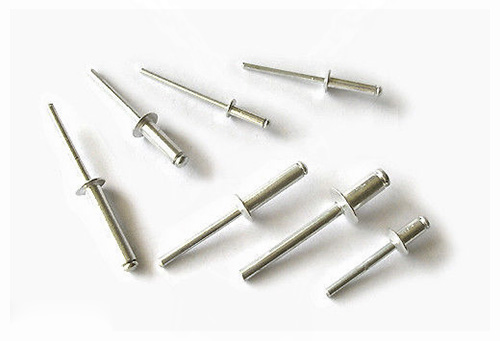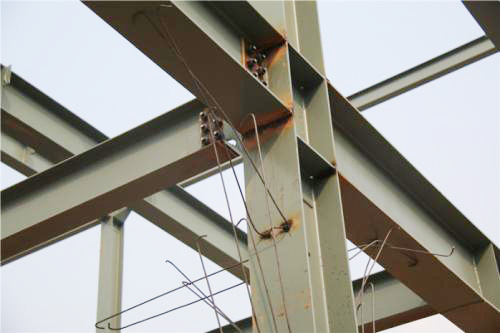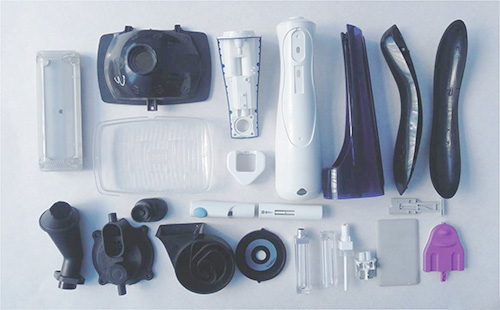-
Contact Us
- Phone:+86 756 8874271
- Fax:+86 756 8679535
- Email:2850298518@qq.com
- Addr:NO.3 Pingxi Wu Road, Nanping Technology Park, Zhuhai City, Xiangzhou District, Guangdong Province, China
What are the advantages and disadvantages of riveting, bolting, and welding?
Since the beginning of the last century, many important steel structures have been riveted, such as the Eiffel Tower, and the car skeleton. At the end of the last century, a large number of structures began to be welded, such as car skeletons. However, some structures that require weight reduction and strength requirements, such as aircraft fuselage and steel bridges, use screw-joining technology. What is the specific difference between riveting and screwing, and why is the bridge screwed instead of welded?

First understand the difference between riveting, bolting, and welding:
Riveting: From the perspective of bearing force, the riveting is better for the bearing capacity and the bearing capacity is poor.
Bolted: can be pulled and sheared.
Welding: It can be pulled and sheared, but it is afraid of tearing.

Feature comparison:
1. From the detachable angle, the splicing is a detachable link, and riveting and welding are not.
2, from the perspective of quality assurance, splicing > riveting > welding, welding is the most difficult to check the quality, so civil aviation aircraft with less welding.
3. From the perspective of changing the material properties of parts, the welding has the greatest influence, the problem of residual stress and deformation is serious, and it can withstand bridges and cars. It is not ideal for the aerodynamic shape of the aircraft surface.
4, the cost angle, the threaded connection is higher than the riveting than the welding.
5. From the point of increasing the excess weight, the threaded link is higher than the riveting than the welding.
6, airtight watertight, welding can achieve complete airtight watertight, and the other two are difficult to achieve.

For dissimilar material connections (such as aluminum and titanium, composites and titanium, different series of aluminum alloys), welding is not very good (commonly connected to different materials on the aircraft, so it seriously affects the application range of welding)
From the above comparison, you can know why cars and bridges are more welded and threaded, and passenger planes are more riveted and threaded.
Welding defects are relatively difficult to control and therefore fatigue performance is not stable. Hot riveting is also common in aviation, especially for larger titanium rivets.
Every connection technology is progressing and different types are derived. For example, riveting, single-sided riveting, self-piercing riveting, etc. Self-piercing riveting seems to be applied more in the automotive industry now, and one piece of equipment is expensive. Single-sided riveting is mainly used for the case where the structure is not open. The packaging industry uses a lot of them, only the low end. There are many more advanced riveting on the aircraft, and it is difficult to localize.
For example, welding, laser welding and agitating friction welding are relatively new technologies. Laser welding is mainly characterized by small heat affected zone and small deformation. The mechanism of the friction stir welding is not well studied. The semi-melted state is not the same as other welds. These new technologies are also starting to be used on the plane.



